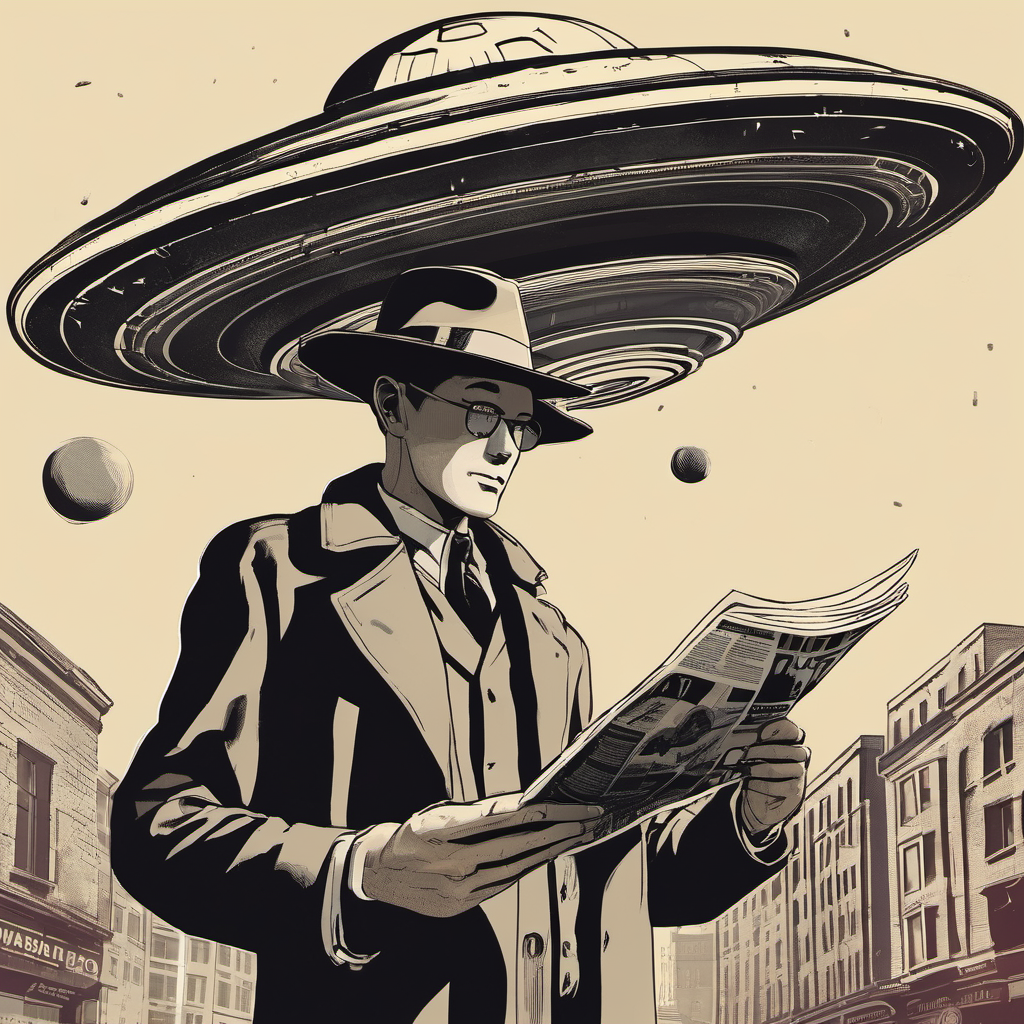By KEN KORCZAK
Controversial British psychologist Stan Gooch was years ahead of his time— but what did he get wrong about Neanderthals?
Has Stan Gooch been vindicated?
I think the short answer is yes. Of course, it’s more complex than that.
There should be little doubt that when scientists finally confirmed through DNA analysis that Homo sapiens and Neanderthals interbred to produce “hybrid” children tens of thousands of years ago — a huge glob of retroactive respect should have been heaped upon the legacy of Stan Gooch.
That never happened.
It was Gooch who concluded decades before anyone else that Neanderthals interbred with modern humans.
(Note: To be totally accurate, Gooch said Neanderthal interbred with Cro-Magnon man, and that in turn created modern humans, us — Homo sapiens).
Sadly, Gooch was scorned by mainstream and science academia. He was also dismissed and ridiculed. Perhaps worst of all — he was ignored. Even the 14 books he published sold poorly among a general audience.
Poor Stan Gooch died living in near-poverty and obscurity in 2010. He spent his last days alone in a shabby trailer home, or what the Brits call a “caravan.” By all accounts, he was a deeply bitter man who felt abandoned by his fellow intellectuals, robbed of the accolades and scientific respect he felt he so richly deserved.
 It’s a shame because his books, including, Cities of Dreams: The Rich Neanderthal Legacy, are fascinating. Gooch was not only an innovative thinker who was years ahead of his time — he was a lucid, engaging and entertaining writer.
It’s a shame because his books, including, Cities of Dreams: The Rich Neanderthal Legacy, are fascinating. Gooch was not only an innovative thinker who was years ahead of his time — he was a lucid, engaging and entertaining writer.
The intellectual and influential writer Colon Wilson called the works of Gooch: “Among of the most impressive and exciting intellectual structures of the second half of the twentieth century.”
Yet, the 20/20 vision of hindsight has also poked some significant holes into Gooch’s overall thesis.
On the other hand, this can be said of even the greatest of scientific theories, such as Darwin’s theory of evolution. Sure, Darwin was broadly correct, but in the more than a century since he first brought out his ideas, Darwin had been updated, corrected and/or modified considerably.
So, if Stan Gooch is to be corrected and modified by recent discoveries should not tarnish the luster of his amazing achievement, not only in his theories about Neanderthal but his insights into the global cultures of modern man.
That said, there is a recent discovery — thanks again to genetic archaeology — that drives a major wrecking ball through the entire infrastructure of Gooch’s thesis.
It’s the discovery of an all-new species of human beings that Gooch could never have known about — the so-called Denisovans — identified the same year Gooch died.

In March 2010, scientists found a finger bone fragment of a juvenile female who lived about 41,000 years ago. It was found in a remote mountain cave in Siberia, known as the Denisova Cave in the Altai mountains. Artifacts show that the cave has been inhabited for thousands of years by both modern humans and Neanderthal people — and now we can add Denisovans to the guest list.
Analysis of the mitochondrial DNA of the finger fragment found in Denisova Cave proves it was genetically distinct from the DNA of Neanderthals and modern humans. It was a whole new species.
This is an especially big problem for Gooch’s theory that all human culture today has its fundamental origins in Neanderthal culture. It’s especially significant regarding Australian aboriginal peoples, who Gooch contended were the closest modern descendants of Neanderthal. In City of Dreams, he argues that their ancient religious/cultural practices most resemble that of the Neanderthal.
Well, guess what? Genetic analysis of Australian Aboriginals shows only a small amount of Neanderthal DNA in their genomes in their genomes, but a high or significant percentage of Denisovan DNA — as much as 6 percent.
Thus, the native Australians are not the modern human most closely relate to Neanderthal. They are among the closest living relatives of the Denisovans.
This could mean two things:
- Gooch was still correct, in a way, because the Australian natives may still be manifesting the cultural practices of an ancient forgotten ancestor, except that it was not Neanderthal, but that of the Denisovans.
- It could mean that Gooch is wrong and that the aborigines simply developed their own unique cultural/religious practices as modern humans over the past 50,000 years or more.
(Note: Gooch would argue this could not be so because so many of the aborigine practices are reflected in other cultures around the world; thus, they could not have been developed in isolation).
But I’m going to leave this subject there because a proper discussion of all this is enormously complex, and way beyond the venue of the comments I am making here.
THE ARCHAEOLOGY OF IDEAS
However, I want to mention one more item that Gooch got wrong because it demonstrates the danger of his approach — that is, that of the “archaeologist of ideas” (as he called himself) rather than an archaeologist that is working strictly from “hard data” derived directly from examining actual artifacts, physical locations and clues provided by the recent advances in genetics, and so forth.
Gooch claims that the culture of Neanderthal not only shapes the fundamentals of our culture and religions today, but he also contends that Neanderthal never truly went extinct!
He cites several examples of reports where Neanderthals have been seen in the wild in modern times — and one of his lynchpin stories is that of Zana, a “wild woman” captured near a small village in Abkhazia, a small country that was once a part of the former 19th Century Russian Empire.
To make a long story short: Zana appeared to exhibit all the physical features that would match up with what is known about Neanderthal today. Her body shape, large skull with brow ridge, heavy body hair of a reddish color, muscular build, amazing strength, etc.
Indeed, when one reads the accounts of Zana as described by the villagers who captured her it seems a slam-dunk case that what we have here is a surviving Neanderthal woman.
Although Zana was as wild as an animal at first and kept in a cage, she was eventually “domesticated” and even engaged in sexual intercourse with the men of her village. She bore several children, some of whom survived, and went on to live relatively normal lives — although they, too, were described to be of unusual appearance, including “ape-like” features in terms of skull shape and facial structure.
(Important note: This turns out to be an example of classic 19th Century ignorance that some observers have decried as deeply offensive and blatantly racist.)
Well, scientists recently obtained DNA samples from Zana’s children — and the results were unambiguous — it was clear that Zana was of 100% modern human make-up — and that her origin was an exact match with that of peoples from Sub-Saharan Africa.
It became clear that Zana was no Neanderthal at all, but her family had almost certainly been brought to Russia years earlier as slaves. She was probably the descendant of African slaves. Zana had somehow come to live as a “wild woman” in the hinterlands of this remote region of the former Russian Empire.
Again — Stan Gooch and the accounts he cites describing the story of Zana are incredibly compelling. Without the proof positive of a DNA test, the circumstantial evidence seems overwhelming that she was a long-lost Neanderthal — except that she was not. Stan Gooch had significant reasons to believe that he had found an air-tight case study that proved that Neanderthal survived to modern times.
Despite all, he was wrong.
So, yes, I began this piece by stating that I believe that Stan Gooch has been vindicated, but as you can see, the devil is in the details, and the situation is far more nuanced and complex.
I say: The books of Stan Gooch remain must-reads because the overall thesis he puts forward is breathtaking, fascinating, mind-bending and will leave the reader expanded and inspired to think creatively.
NOTE: For more stories of ancient history mysteries, please see: KEN-ON-MEDIUM
